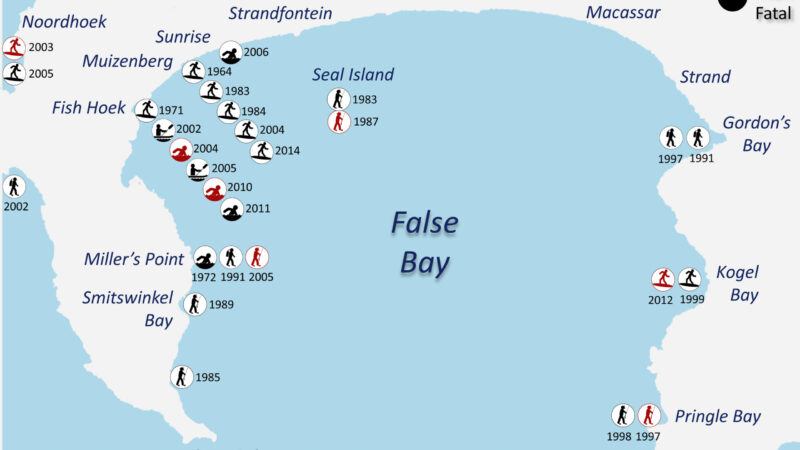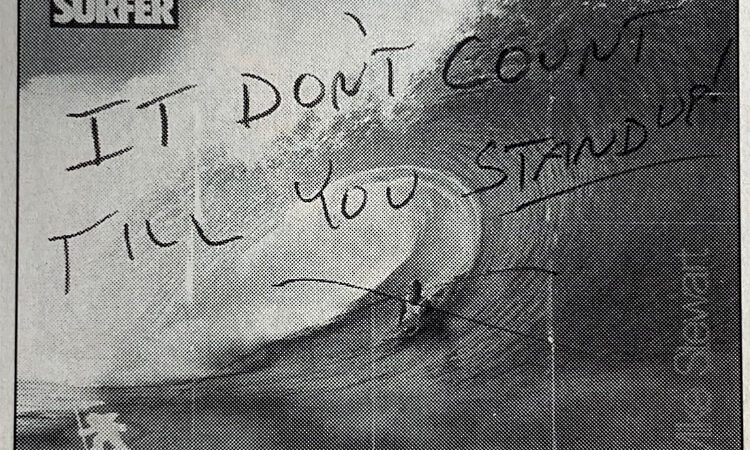Learn to bodyboard in a professional environment, surrounded by fully qualified bodyboarding instructors. Here’s what you need to know before paying for group or private lessons.
Bodyboarding is an exciting water sport, full of intricate secrets, techniques, and subtle requirements. If you plan to learn to ride the boogie by yourself, that’s fine.
But, sometimes, it can be a smart move to book a few lessons and accelerate the learning process. Unlike in surfing, there are not many schools specialized in bodyboarding only.
So, when selecting the right bodyboard school, make sure all options have a full teaching program, with a structured plan for each level of experience.
Ideally, qualified bodyboard instructors should be able to offer, at least, four learning degrees. Ask which one fits your needs. Here’s what you should expect:
Beginner Level (4-10 Hours)
1. Introduction to the bodyboard, fins, and the wetsuit;
2. Explanation of safety procedures to be followed, in and out of the water;
3. Assessing the ocean and weather conditions;
4. Introduction to pre-surf warm-up exercises;
5. How to lie on the bodyboard, paddle, and catch small waves;

Intermediate Level (6-12 Hours)
1. The importance of surf etiquette;
2. Body positioning techniques for wave riding;
3. The duck dive, take off and bottom turn techniques;
4. Trimming the wave;
5. Performing small cutbacks;
Upper Intermediate Level (6-12 Hours)
1. Surf rescue techniques;
2. The 360;
3. The el rollo;
4. Connecting sections of the wave;
Advanced Level (8-14 Hours)
1. Fine-tuning wave selection;
2. Advanced real-time wave management;
3. Fitness and nutrition programs;
4. The air roll spin (ARS);
5. Tube riding;
6. The backflip;
7. The invert air, the air reverse, and the air forward;





Recent Comments